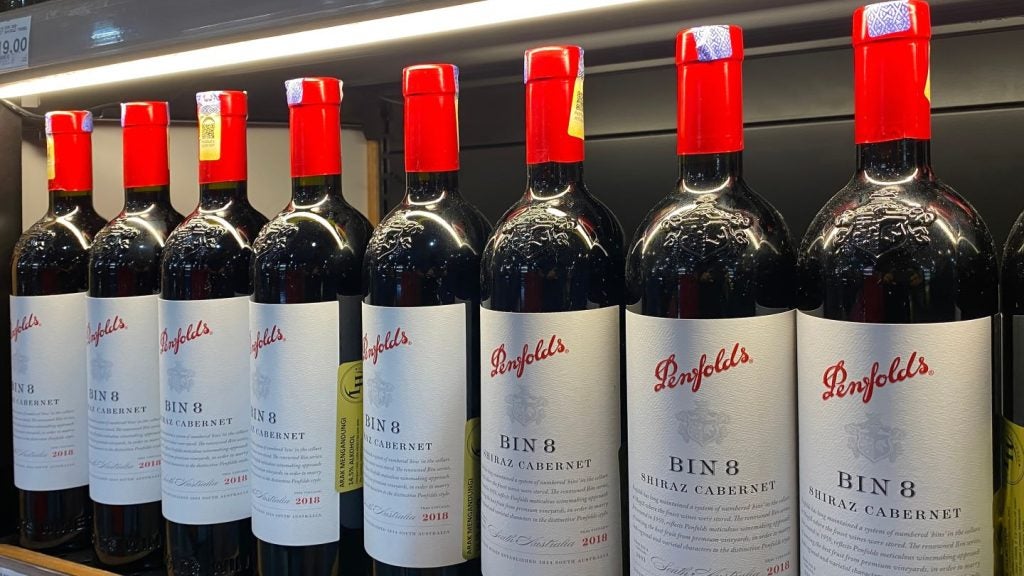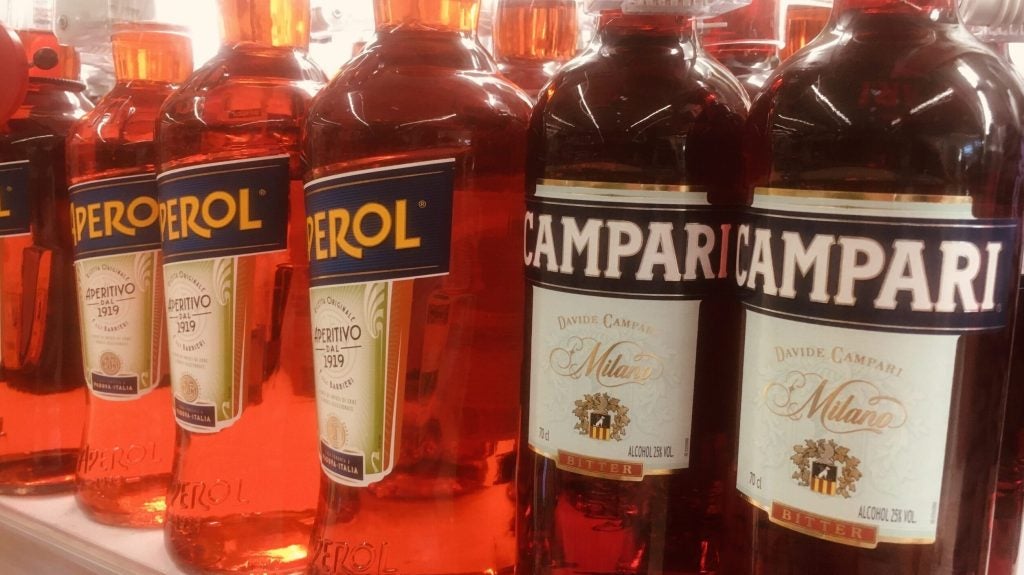The fine and rare whisky auction market is likely to “remain challenging” in the near term as volume declines continued to accelerate.
However, duty cuts in Hong Kong on premium-priced whisky could support demand among more affluent consumers in an otherwise subdued Chinese market suffering from economic weakness, according to Noble & Co.
The findings were presented in the Edinburgh-based advisory firm’s Whisky Intelligence Report, which characterised 2024 as a “difficult year”, influenced by high interest rates, inflation, reduced spending on luxury goods, and instability from the conflicts in Ukraine and the Middle East.
Looking ahead to the new year, Noble & Co. had a balanced perspective as fine and rare whisky auction volumes declined 16% in the 12 months through September 2024, with values down 18%.
“The positive signs from a macro perspective would be reduced inflation and easing monetary policy, but strong performances from other asset classes and a continued reduced consumer appetite suggests secondary markets for whisky may remain challenging in the near future,” the report concluded.
Duncan McFadzean, Noble & Co.’s head of food and drink, emphasised that higher priced bottles “face significant headwinds” although “resilience” is showing at the lower-end of the scale.
“Declining volumes, falling prices, and a cautious approach from both buyers and sellers have been defining characteristics of the past year,” McFadzean wrote.
“However, the inherent appeal of fine whisky, grounded in its heritage, craftsmanship, and collectability, offers reasons for optimism about what we can expect in the future.”
As Hong Kong reduced import tariffs this year on spirits priced above HK$200 ($25.7) a bottle, Noble & Co. suggested demand could “surge” for rare and aged whiskies, especially those from Scotland, Japan and the US.
China is a significant factor in terms of “the growing middle class and wealthy elites who are interested in luxury collectibles”, the report noted.
“Chinese consumers are expected to account for about 40% of global luxury consumption by 2030 [Bain & Co. data], with such spending being used to signal their status. Whisky, particularly Scotch, has gained popularity from being a symbol of sophistication,” it added.
More recent data, however, shows the declines in fine and rare whisky auction volumes and values have accelerated.
Volumes fell 19% in the nine months through September and were down 24% in the July-to-September quarter. Values dropped 34% in both periods.
“What started as predominantly a volume decline has spread into a price decline,” the Noble & Co. team wrote.
“Is it the case that this is driven by a demand fall, or is this about savvy collectors who are holding back bottles and therefore there are fewer bottles going around? We are sceptical of this latter argument – if the demand had remained, and there were fewer bottles for sale, we’d expect to see prices rise, not decline.”
Meanwhile, sales are in a “downturn” in the secondary market for fine and rare whisky, with few signs of a turnaround in sight.
“This will end, albeit the data shows few signs of hope of that yet. Buyers are moving to cheaper bottles, and savvy collectors are holding on,” Noble & Co. said.















